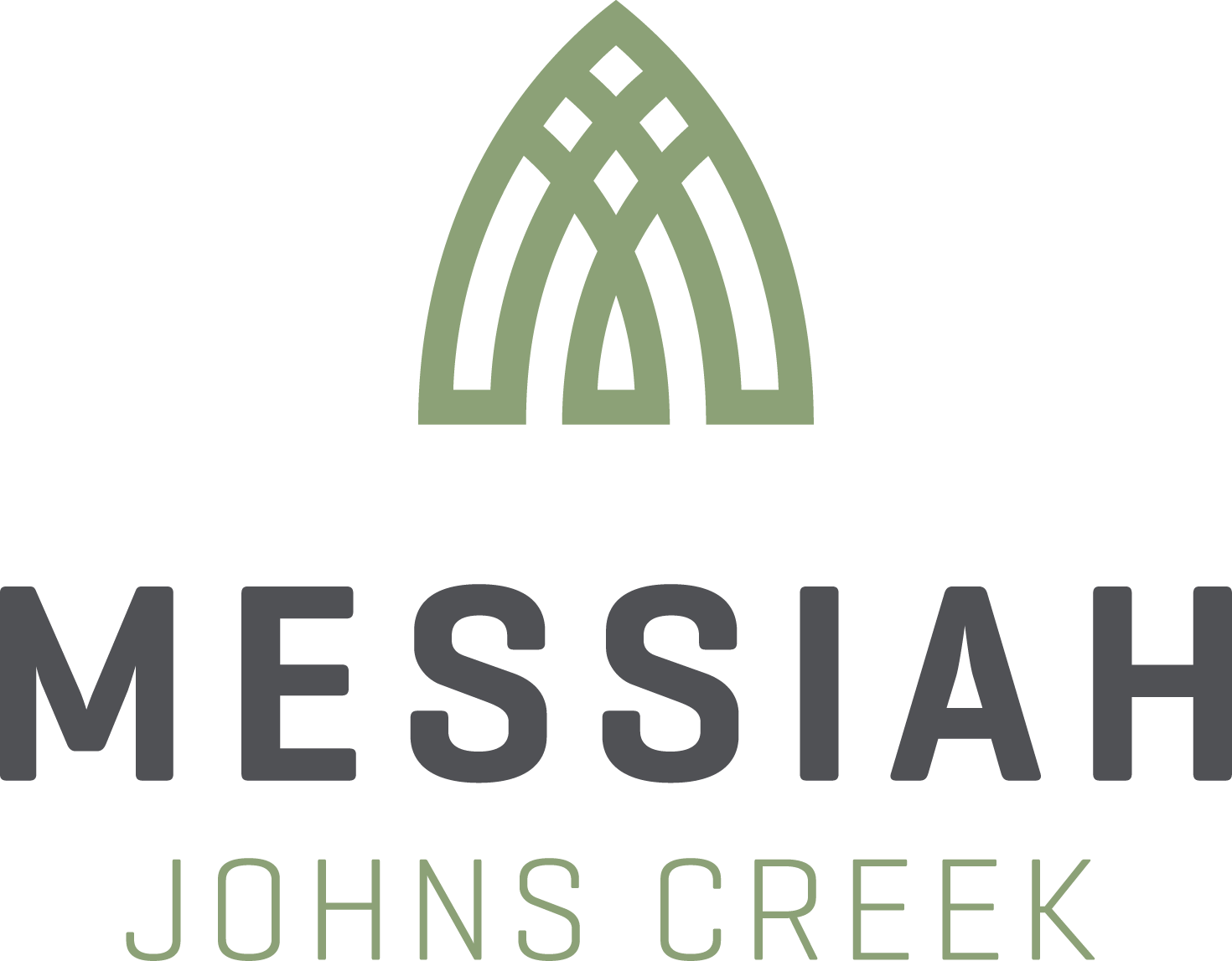
Lutheran Confessions
The Small Catechism (1529 A.D)
Martin Luther wrote the Small Catechism as a brief summary of the basic truths of the Christian faith. It was primarily intended to educate the laity and was designed as a tool that parents could use to teach their children. It provides summaries or explanations of the Ten Commandments, the Apostles Creed, the Lord’s Prayer, the Sacrament of Baptism, the Sacrament of the Altar (Holy Communion), and the Ministry of the Keys and Confession.
The Large Catechism (1529 A.D)
Covering in greater depth the same doctrines and subjects as the Small Catechism, the Large Catechism was really a series of edited sermons of Martin Luther. It was intended primarily as a tool that could be used by pastors and teachers to broaden their knowledge of the teachings of the Bible.
The Augsburg Confession (1530 A.D.)
Written by Luther’s colleague Philip Melanchthon, this statement of faith is often viewed as the chief Lutheran confession. It was presented by the followers of Luther to Emperor Charles V at the imperial diet (assembly) meeting in Augsburg, Germany. It was intended to be a summary of the chief articles of the Christian faith as understood and taught by Lutherans in contrast to the errors that were being taught by the Roman Catholic church.
The Apology (Defense) of the Augsburg Confession (1531 A.D.)
After the Roman theologians had condemned many of the teachings of the Augsburg Confession, Philip Melanchthon authored this lengthy defense of the Augsburg Confession.
Smalcald Articles (1536 A.D.)
The Smalcald Articles were written by Luther in late 1536 for presentation and discussion at a church council that had been planned by Pope Paul III. . On June 4, 1536, Pope Paul III announced that a council would be held to deal with the concerns of the Protestants. In these articles Luther indicated on which points Lutherans would not compromise. Lutherans at once recognized their value as a statement of pure evangelical and biblical doctrine.
The Formula of Concord (1577 A.D.)
In the years following Luther’s death, Lutherans had become divided over a number of doctrinal issues. Written primarily by Jacob Andreae, Martin Chemnitz, and David Chytraeus, the Formula of Concord (or “agreement”) was a detailed restatement of many of the truths contained in the Augsburg Confession and was intended to be a statement that all genuine Lutherans could adopt. It was signed by over 8,100 pastors and theologians, as well as by over 50 governmental leaders. The Solid Declaration is the unabridged version. The Epitome is an abridged version intended for congregations to study.
